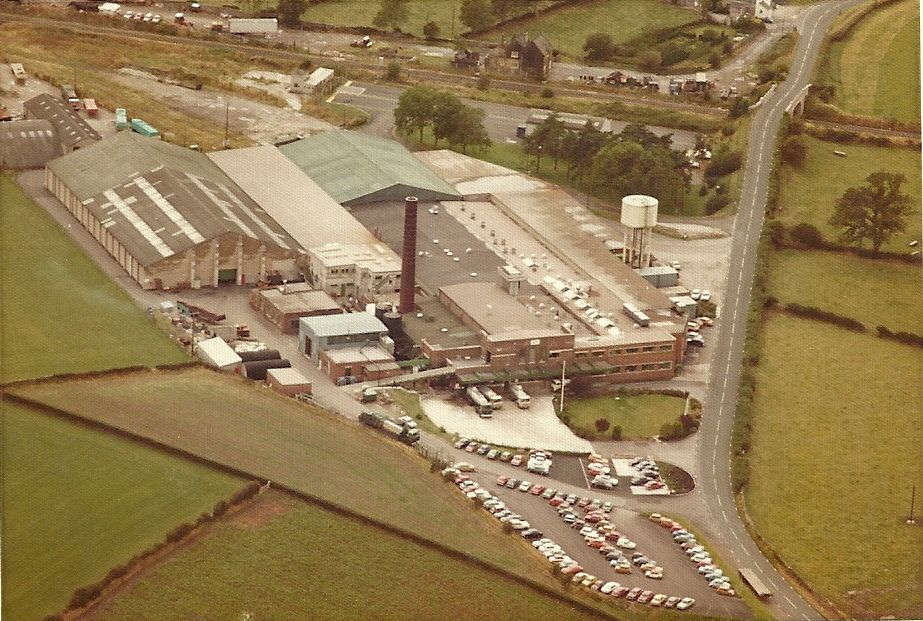Carl Williams:
Carryfast:
Saviem:
Evening all, ho, ho, ho, boy are you all at it now!!Remember being woken up in a laybye for sleeping in your cab■■? Even in the 70s!! Gentlemen, backward legislation in the UK rules!!
Speed, yes the old Gardner powered lorries were slow, 52mph was about average. We have not really got much past that today have we? Granted our speed up hills was, shall we say a trifle “majestic”! but we got there. I remember standing in my friend Trevor Morris`s yard in Oswestry, when his son Phillip, (always an above average, and very competent driver), swept into the yard in a cloud of dust, driving a very “avant garde” DAF2600 drawbar. Trevor drily commented, “the man who has earned me money is about 15minutes behind”. And 15 minutes later an Atkinson MK1, 9ft 6in, tractor, 150LX arrived, no drama, a “proper haulage waggon”. Why?? Reliable, cheap to run, “driver abuse resistant” unburstable,economic, easy and cheap to repair and operate, with very low depreciation, and of course handsome!!
Not the one that at that time in my life I would have chosen to drive, but now in, (very), mature years I can see the real wisdom of his words. A lorry was, is, only a tool to do a cost effective job in a very “mature”, (low margin), industry. Different lorries, different specifications, and different manufacturers excelled in different segments of the industry. And always will!
My new “chopper” has 900hp!!1 I can do 200acres a day, (believe me Gentlemen that is an ego trip no 600hp lorry could ever compete with)!!! Sensible, in my operation, …no, but it is an indulgance, (and I would never criticise a mans lower powered choice)!! ah well, away to the Bollinger , bon nuit mes braves, Cheerio for now.
It might upset a few people but I’m guessing the 2600 drawbar could probably shift more freight over more miles over the course of a year than the 150 could especially if there’s a few hills in the way.Although it was only the first step on the road to the 3600 by which time we all know what had become of Gardner and why.
Hi Carryfast,
It is easy to see why your words don’t come from a person who ran a business in the Road Haulage Industry in the sixties and seventies on the small profit margins available.
I would agree in a 100% efficient world, your words could be true but that was never the case. Availability of work, and customer requirements was a factor that immediately dismisses your statements. We were restricted by delivery times where goods had to be delivered during the working hours of shops, warehouses and factories, and the extra average mile or so achieved in every running hour would make no difference to the vehicle earnings, as the 24 hour working day was so much rarer in that time.
I can tell you by experience when I often followed my father, after he collected new Bedford Marsden vans from Marsden at Warrington and was deliberately keeping his speed to below 40 mph and giving the engines low revs as he believed the first 100 mile or so on a new engine settled the life performance of that vehicle, I often gave him a 10 minute start as he went up the M1 to Tebay.I was always travelling in fast expensive cars and never kept to the 70 limit and often I thought I had passed him without noticing him as it took me so long to catch up to him.
We had few factors that could reduce our operating costs and pass down to the bottom line. Drivers’ wages were a fixed cost, as few drivers in their right mind would have accepted £10 per week less for driving a more comfortable vehicle. (I can hear you arguing against that statement, but I am speaking as a person who knew lorry drivers and how they thought and worked). Our next big cost was our diesel bill, and believe it or not Gardner engine vehicles did reduce this. The next cost was running costs and as had been said before on this thread, a Gardner engined vehicle did nearly always get you home and was cheap to fix.
Carl
But the fact is nothing really changed in a big way in the road transport environment in general,including trunking operations,between 1975 and 1985.Except the type of trucks that the customers were ordering and unfortunately for Gardner even customers like Bewick jumped ship.
Ironically if you’re right then my old employers would obviously have been ordering the 2800 for it’s trunking operations and Gardner powered trucks for it’s tramping/haulage operations in 1977 not vice versa. ![]()
![]()

